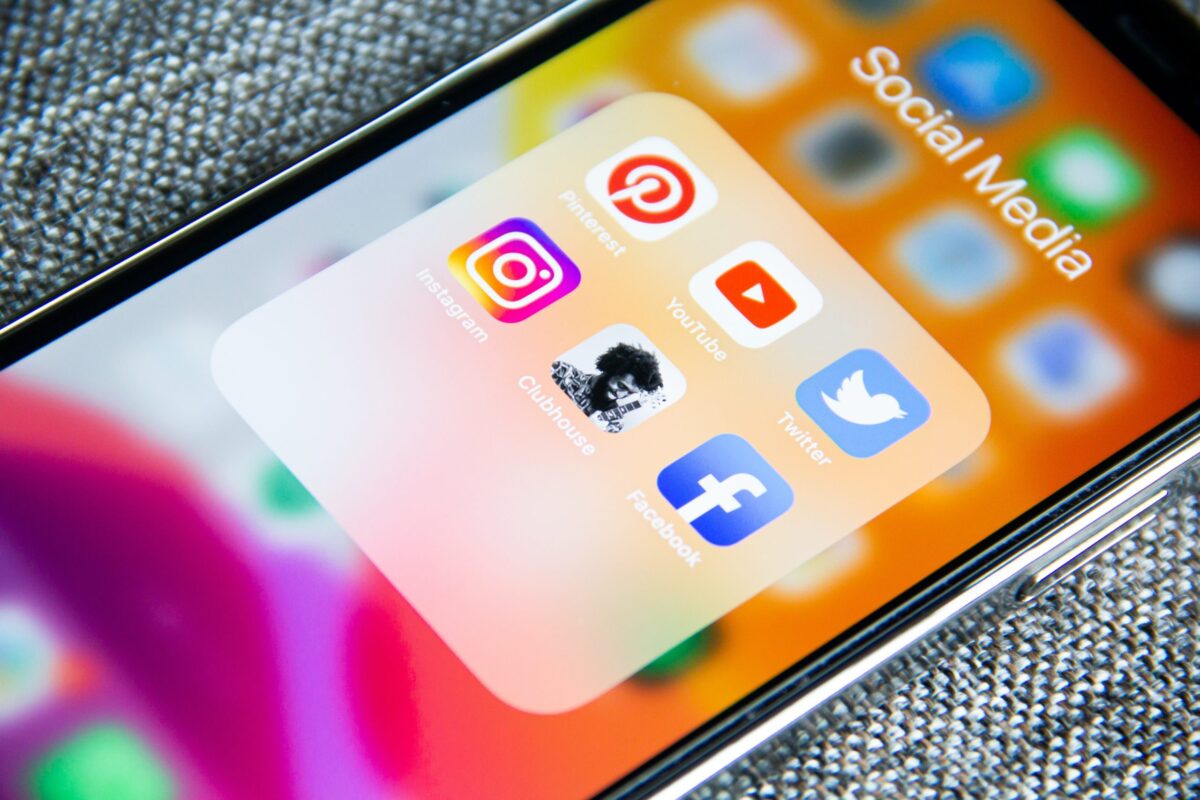
There are seven ways for your company’s strategy, culture, and operations to align. Only one delivers sustained results.
• Are your business results falling short of expectations?
• Are you blindsided by hidden costs, disengaged employees, and unnecessary complexity?
• Are you sick and tired of fighting your competitors and internal roadblocks?
Unless your strategy, culture, and operating model are synchronized, you are wasting time, alienating employees, and leaving money on the table. The few minutes you spend reading the rest of this blog, will explain how a strategically aligned company is positioned for sustained results. Let’s define terms!
Your strategy is your overall plan to win in your marketplace.
As you develop your strategy, you get to choose your marketplace and you get to define what is a win. The only reason a company might choose not to have a strategy is because they are comfortable in their market position. Having no strategy is a certain slow death for a company. Market forces will eventually consume that company. Do you want this to happen to your company?
Your culture is the sum of the beliefs and behaviors your employees bring to work every day.
Each company’s culture is unique. Your culture is formed by the values lived and breathed by each employee, every day on the job. I’m not talking about the slogans hanging on the walls or the T-shirts. I’m talking about the accumulated employee beliefs and behaviors which arrive at work every single day. This is ‘who you really are.’ This is ‘your identity.’ This is how ‘your brand is created.’
Your operations are simply how things get done at your company.
• What needs to be done?
• Who does what?
• When does it get done?
• How will it get done?
These are your systems, processes, and procedures to deliver your strategy to the marketplace. Your resulting operating model translates your strategy into the daily operating instructions to be performed by your front-line employees. Now that we have defined strategy, culture, and operations, I challenge you to reflect on this question? ‘How satisfied have you been with your company’s growth and profitability over the past ten years?’ If you are not pleased with your results, ‘What are you going to do about it?’
The first thing that must change is, your mindset.
Begin to visualize strategy, culture, and operations as the ‘life blood’ of your company. When you successfully synchronize your strategy, culture, and operations, you are in a strong position to ‘chart your company’s course’ and begin to ‘experience your company’s vision.’ When strategy, culture, and operations are not in sync, your strategy, culture, and operations counterpunch each other until the ‘best man wins.’ Employees become disengaged; complexity surrounds what should be, simple changes; and you are consistently ‘leaving money on the table!’
So, how do you know if your strategy, culture, and operations are aligned?

Let me walk you through the process. First visualize your strategy, culture, and operations as three circles. Each circle represents strategy, culture, or operations. The question that matters is: ‘How well do your strategy, culture, and operations circles intersect?’ See the diagram to the left. The top circle represents strategy. The left circle represents culture. The right circle represents operations.
Strategy, culture, and operations and inter-depedent, and simultaneously impact each other. The numbers one thru seven in the diagram above, represent the seven ways your strategy, culture, and operations can align with each other. Let’s briefly describe each. After you have reviewed the descriptions, think about: ‘Which alignment sounds most like your company?’
Alignment 1 – Strategy Rules!
 You have a great idea, but you have no clue what to do with that idea. Your strategy is developed and distributed, however, strategy is not a standalone step. You must make your culture and operations integral parts of your company’s strategic plan development.
You have a great idea, but you have no clue what to do with that idea. Your strategy is developed and distributed, however, strategy is not a standalone step. You must make your culture and operations integral parts of your company’s strategic plan development.
Alignment 2 – We Decide, You Do!
 Results when strategy and operations are in alignment and your culture is supposed to just, ‘Follow Along.’ Have you ever wondered why some of your company’s ‘initiatives,’ underperform?
Results when strategy and operations are in alignment and your culture is supposed to just, ‘Follow Along.’ Have you ever wondered why some of your company’s ‘initiatives,’ underperform?
Alignment 3 – The Dream!
 You have in your head, ‘that idea.’ In your mind you can see it, feel it, and touch it, as if it were real. But, you’re the only one who sees it. The dream has not been translated into an executable game plan.
You have in your head, ‘that idea.’ In your mind you can see it, feel it, and touch it, as if it were real. But, you’re the only one who sees it. The dream has not been translated into an executable game plan.
Alignment 4 – Silo / Turf War!
 Results when your culture and operations are in alignment, but there is no common overall strategy. Each unit / department creates and act on the strategies they individually create. Say hello to politics, back stabbing, and game playing.
Results when your culture and operations are in alignment, but there is no common overall strategy. Each unit / department creates and act on the strategies they individually create. Say hello to politics, back stabbing, and game playing.
Alignment 5 – Culture is King!
 Here, it is extremely important that people work well together. There are very few HR issues to deal with, but, there’s no strategy. No one knows how operations fit into the picture? A overall balance is needed.
Here, it is extremely important that people work well together. There are very few HR issues to deal with, but, there’s no strategy. No one knows how operations fit into the picture? A overall balance is needed.
Alignment 6 – Everyone’s on Board, I Hope It Works!
 Results when your culture and strategy are in alignment, but you’re ‘rolling the dice’ with operations thinking, ‘it should work.’ You begin your new initiative, have your kick-off meeting, post your slogans, wear your T-shirts, but don’t spend a dime, nor give a second thought to operations.
Results when your culture and strategy are in alignment, but you’re ‘rolling the dice’ with operations thinking, ‘it should work.’ You begin your new initiative, have your kick-off meeting, post your slogans, wear your T-shirts, but don’t spend a dime, nor give a second thought to operations.
Alignment 7 – Sustained Results!
 When your strategy, culture, and operations are aligned, five things are crystal clear:
When your strategy, culture, and operations are aligned, five things are crystal clear:
• You know who you are.
• You know where you are going.
• You know how you will get there.
• You know when you will get there.
• You know you will have sustainable, scalable results.
So, what will strategic alignment look like at your company?
Your company is in strategic alignment when you can:
• Embrace marketplace turbulence with your agile workforce.
• Consistently deliver your execution plans better, faster, and more cost effectively than your competition.
• Maintain a workforce of ‘owners’ who are excited to come to work each day.
• Maximize the return on investment in your people, your equipment, and your capital.
Just imagine:
• The resulting positive impact on profitability.
• Planting the seeds for your company’s future growth.
• Consistently beating your competition ‘to the punch.’
Can you really afford not to align your strategy, operations, and culture?
We’ve come a long way together. So now, in the comments section, please let me know:
1. Which alignment best represents how your company operates today?
2. How is that working for you?
Want to know more about strategic aligning your strategy, culture, and operations, sign up to receive my blog at www.GrowCompanyPofits.com.
Wayne helps CEO’s eliminate hidden costs, disengaged employees, and unnecessary complexity. How? Ensures your strategy, culture, and operations are aligned to deliver sustained results. Optimize ‘The Business Value Formula’ –> Recipe + Resources = Results.’ Learn more at www.GrowCompanyPofits.com






 You have a great idea, but you have no clue what to do with that idea. Your strategy is developed and distributed, however, strategy is not a standalone step. You must make your culture and operations integral parts of your company’s strategic plan development.
You have a great idea, but you have no clue what to do with that idea. Your strategy is developed and distributed, however, strategy is not a standalone step. You must make your culture and operations integral parts of your company’s strategic plan development. Results when strategy and operations are in alignment and your culture is supposed to just, ‘Follow Along.’ Have you ever wondered why some of your company’s ‘initiatives,’ underperform?
Results when strategy and operations are in alignment and your culture is supposed to just, ‘Follow Along.’ Have you ever wondered why some of your company’s ‘initiatives,’ underperform? You have in your head, ‘that idea.’ In your mind you can see it, feel it, and touch it, as if it were real. But, you’re the only one who sees it. The dream has not been translated into an executable game plan.
You have in your head, ‘that idea.’ In your mind you can see it, feel it, and touch it, as if it were real. But, you’re the only one who sees it. The dream has not been translated into an executable game plan. Results when your culture and operations are in alignment, but there is no common overall strategy. Each unit / department creates and act on the strategies they individually create. Say hello to politics, back stabbing, and game playing.
Results when your culture and operations are in alignment, but there is no common overall strategy. Each unit / department creates and act on the strategies they individually create. Say hello to politics, back stabbing, and game playing. Here, it is extremely important that people work well together. There are very few HR issues to deal with, but, there’s no strategy. No one knows how operations fit into the picture? A overall balance is needed.
Here, it is extremely important that people work well together. There are very few HR issues to deal with, but, there’s no strategy. No one knows how operations fit into the picture? A overall balance is needed. Results when your culture and strategy are in alignment, but you’re ‘rolling the dice’ with operations thinking, ‘it should work.’ You begin your new initiative, have your kick-off meeting, post your slogans, wear your T-shirts, but don’t spend a dime, nor give a second thought to operations.
Results when your culture and strategy are in alignment, but you’re ‘rolling the dice’ with operations thinking, ‘it should work.’ You begin your new initiative, have your kick-off meeting, post your slogans, wear your T-shirts, but don’t spend a dime, nor give a second thought to operations. When your strategy, culture, and operations are aligned, five things are crystal clear:
When your strategy, culture, and operations are aligned, five things are crystal clear:

















